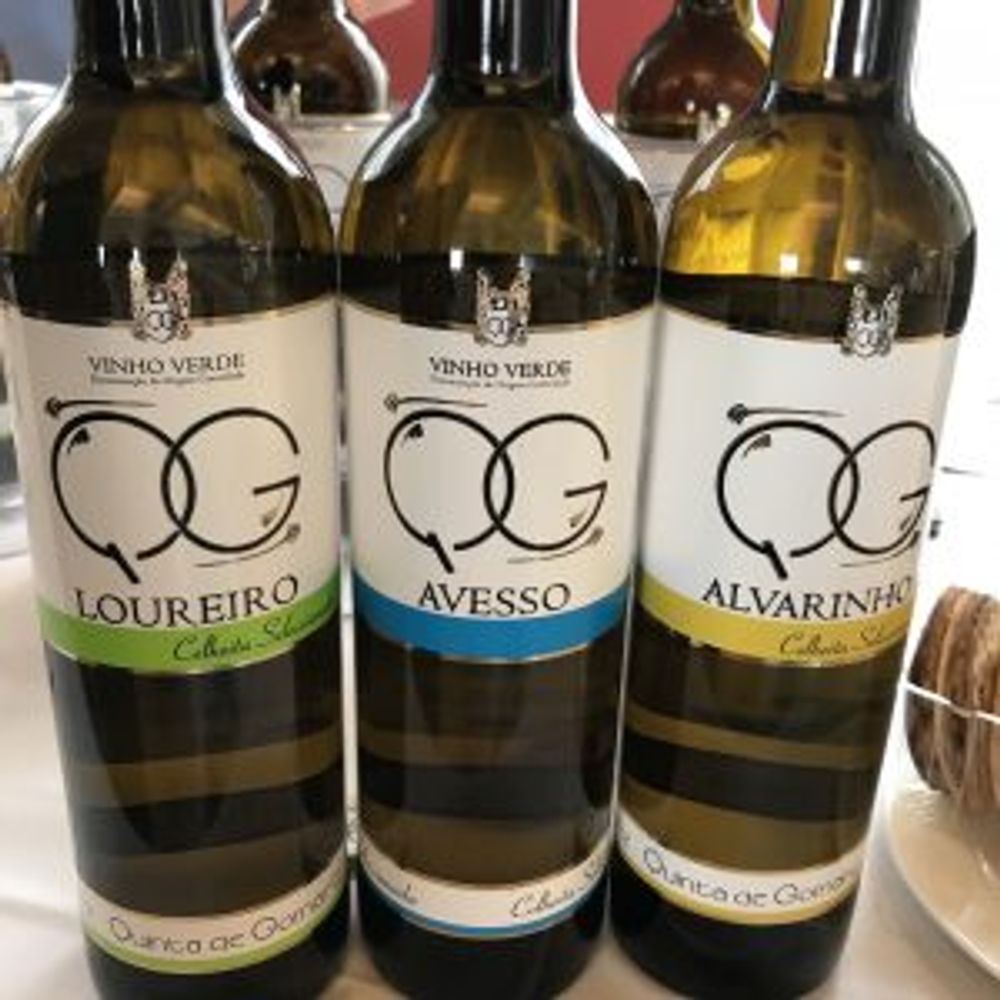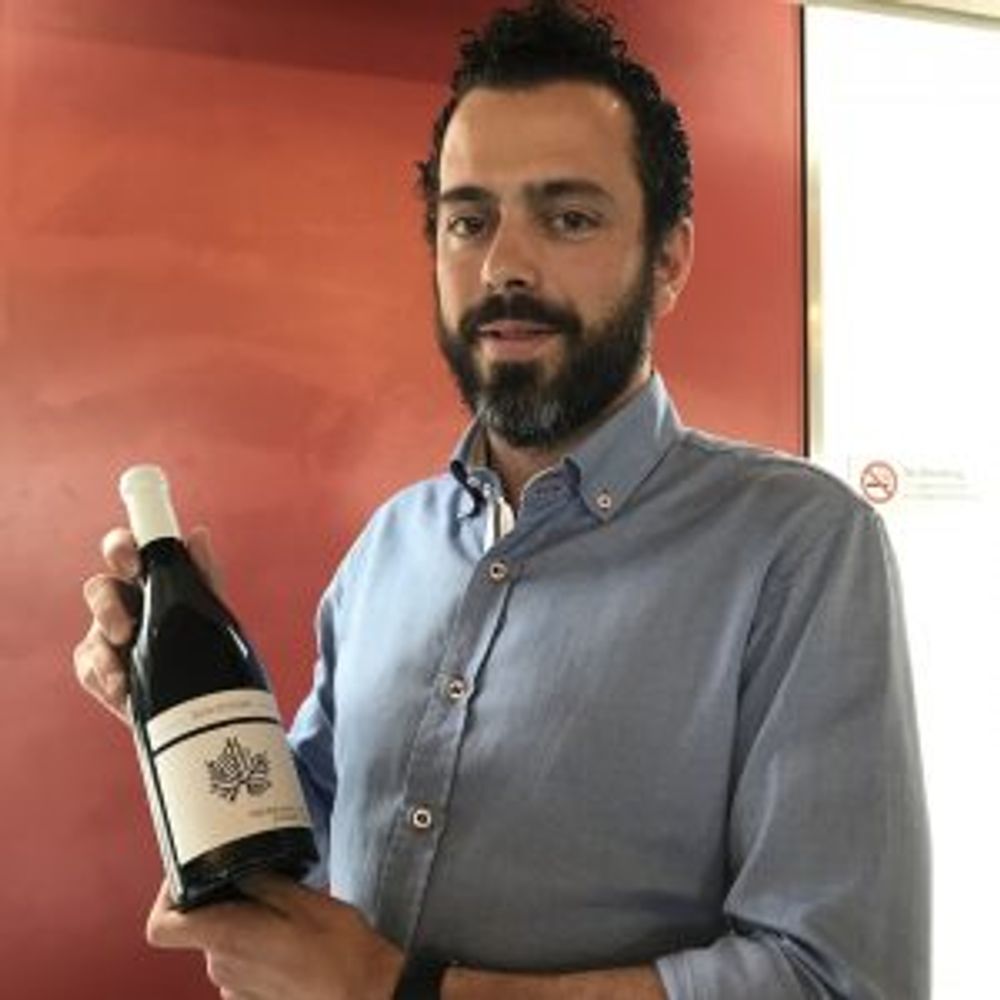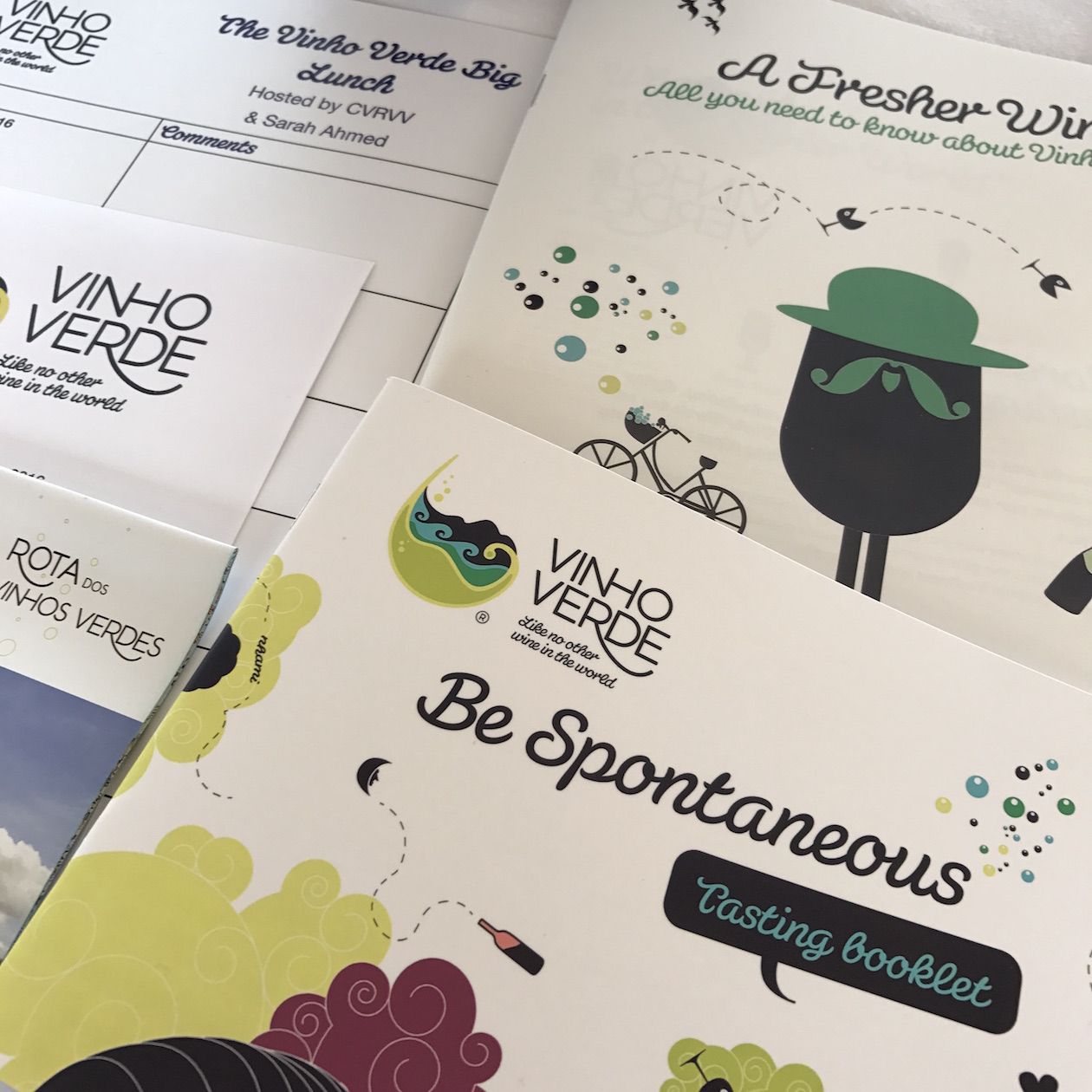Producers turning to premium wine and winemakers turning into growers-producers has been just some of the reasons for the rapid uplift of the Vinho Verde category over the past ten years.
When I got invited to go to a Vinho Verde tasting a few weeks back I was a bit unsure what to say. I don’t drink a lot of the stuff personally. It’s always been one of those wines where you get wine buffs from yester year telling you “I was drinking that before it got famous in the 80s!”
Nice one pal, do you want a medal?
Other than that it’s in a few of the exam tastings you do as a ‘low alcohol white’. There are a few lines in the textbook, and off you trot. So a full tasting and lunch? How are they going to string that out?
Well the Vinho Verde marketing board, and UK based Portuguese wine supremo Sarah Ahmed, were about to show me the error of my ways!

As I walked into the room and saw an array of producers with a startling large array of wines each, I was a bit confused. All kinds of different shades of white wine and plenty of rosé on show.
Also, and very strange for a Brit who foolishly thinks he might know one or two things about wine, not a hint of petillance (a fancy word for the bubbles!) anywhere.
Someone’s clearly been talking guff to me in the past, and I’ve been missing out!
Sitting down to lunch with Sarah at the helm, talking us through the wines really threw me. After a quick toast to Portugal’s monumental Eurovision win, which drew a loud cheer from the producers on site, we started off talking through this little and misunderstood region.
This is going to be a bit of a “did you know?” session, so strap yourself in and listen up.
Within Vinho Verde there are 9 different subregions and 47 different grape varieties allowed.
So let’s have it right, there’s not a chance that they produce masses of a one-trick pony.
Those subregions go from the coastal-influenced Lima, to the mountainous Basto. The cool Monção to the warm Baião which neighbours the contiguous Douro Valley.
The famous whites of Loureiro and Alvarinho, rub shoulders with the quirky Alvesso and Azal, as well as the reds of Amaral and Vinhão. One trick pony it ain’t!

Tiago Lopes of Quinta De Gomariz: terroir first
The last ten years has seen a big drive from the producers towards premium product. Out went the pergola system of large yields, and in came cordon trellising on new, less vigorous sites.
And the grape growers themselves are evolving into grower-producers, wanting to see the journey to the end and making all the decisions along the way.
That decision process, according to Tiago Lopes of Quinta De Gomariz, is “terroir first, then grape variety, and only then the style I want as a winemaker.”
They’ve had enough of producing the ‘two-buck chuck’. It’s time to listen to what the land can give them.
Of course there are barriers to where the new producers in the region can take it in the short term. For a market like Britain, conditioned with £7 Vinho Verde that has a refreshing but subtle taste, and that slight hint of bubbles, premium Vinho Verde in the double digits will require a bit of persuasion.
The other major issue is that although there is a clear distinction amoungst the regions, the wine making styles, and particularly the grapes used in the blends or varietals, they are all still very much Vinho Verdes.
The joy of Vinho Verde is the fresh, elegant, and low alcohol style. They all adhere to that, so if you’re looking to build a wine list at a restaurant, how many are you really going to carry? 1? 2? Maybe 3 at a push?
But that’s no reason for them not to start somewhere. And start they definitely have.
I wasn’t the only one walking away from Monday’s tasting with a different point of view, and when trade prices for most of the ranges broke the 10 euro mark only twice out of nearly 50 very drinkable wines, I think a few buyers out there will be looking twice at Portugal’s north west coast.
Cheers









































